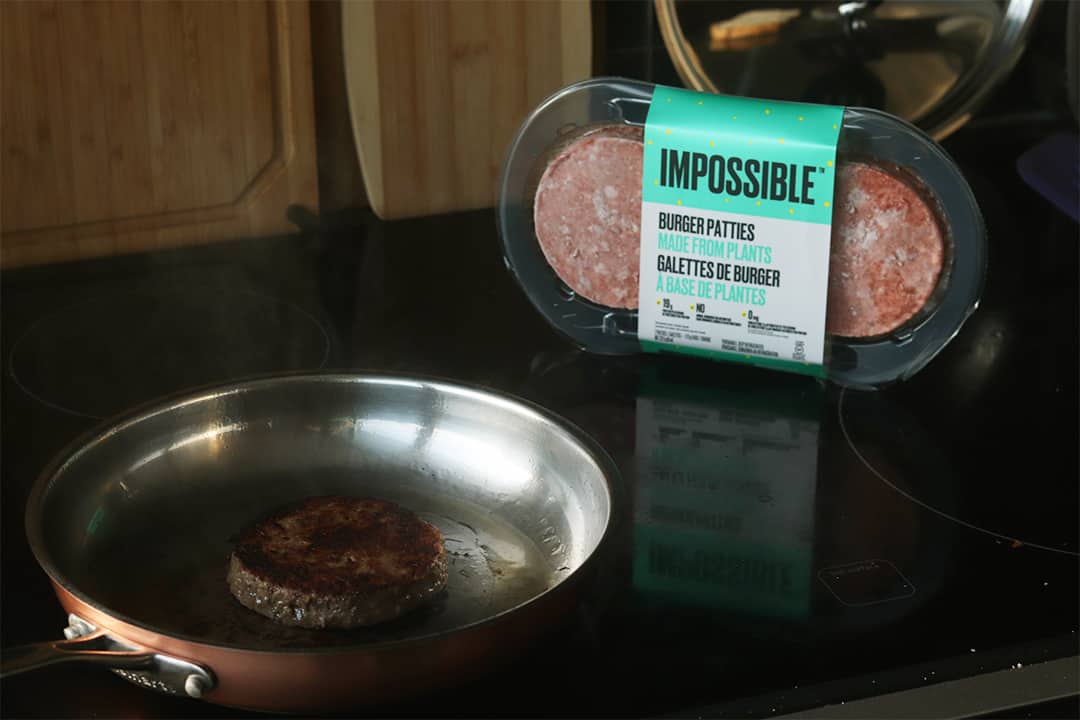With the rapidly growing population of our planet, providing sufficient protein in our diets without jeopardizing the ecosystem has become a challenge. The Food and Agriculture Organization predicts that the demand for meat will increase by 73 per cent by 2050.
As concerns about climate change and human health increase, diets such as veganism and reducetarianism — reduced amount of meat consumption — have become increasingly popular. Vegans abstain from eating or using animal products. Those that find veganism challenging may opt for a reducetarian diet.
The Reducetarian Foundation aims to encourage folks to reduce the amount of meat, dairy, and eggs they consume without becoming fully vegetarian or vegan. Individuals can take a pledge at reducetarian.org to eat less meat for 30 days.
In the era of veganism and reduction-based diets, companies such as Beyond Meat and JUST Egg have emerged to provide plant-based alternatives for protein. The plant-based food company Gardein has also introduced plant-based “f’sh fillets,” “b’ef tips,” “chick’n,” and “turk’y.”
There is a wide range of ingredients in Beyond Meat products, but the source of protein in their products is pea protein, faba bean protein, rice protein, and mung bean protein. JUST Egg also uses mung bean as a protein source, while Gardein uses a combination of soy protein, wheat, and pea protein.
The structure of plant-based proteins
Plant-based alternatives are often perceived as healthier because they are lower in unhealthy fats and cholesterol while containing high protein levels. An added advantage is that plant-based alternatives also have a lower environmental impact compared to meat.
Some plant-based alternatives successfully mimic the texture of meat, which can help those transitioning to plant-based diets. Animal-based meat is more fibrous, though. However, a method known as texturization can be used to change plant protein from a globular shape to a more fibrous structure.
To understand the process of texturization, we can break it down into a series of simpler processes. Proteins are made up of smaller units called peptides, which are sequences of amino acids. When heat is applied, the globular shape of plant proteins will unfold into a more linear shape — a process known as denaturation. The protein is chopped into smaller peptides which are reoriented to face the same way, and a cooling process allows new bonds to form between these reoriented peptides.
Does plant-based really mean healthier?
Although plant proteins can mimic the texture of meat, plant proteins do show lower digestibility compared to animal protein. A study by the American Chemical Society compared a meat alternative made of soy protein with chicken breast. The researchers introduced the peptides to cells that behave like our digestive cells and monitored how many peptides crossed the cell membrane and entered the cells.
The study confirmed that the meat alternative was similar in texture to the chicken breast, likely because the peptides aligned correctly during texturization. The researchers reported that peptides from the chicken breast moved into the cells faster than the meat alternative. Chicken breast breaks down into a higher number of smaller peptides after digestion, which have an easier time crossing into the cell. Meat alternatives also had a lower amount of the essential amino acids compared to chicken breast, which affects the overall nutrition value of meat alternatives.
The nutritional value we assign to a food is based on the types of amino acids that make up the proteins that the food contains. It is necessary to include essential amino acids in our diets, because the human body does not make them. The more essential amino acids in our foods, the higher the nutritional value.
Additionally, meat alternatives are less digestible compared to animal products. A possible improvement could be found in new methods that involve the 3D printing of plant-protein raw material. This method allows researchers to customize the product’s protein content, and research is currently being conducted with soy protein. This method offers hope for the improvement of plant-based proteins, but we still have a long way to go. For now, try some natural plant protein sources such as tofu, lentils, and beans.


